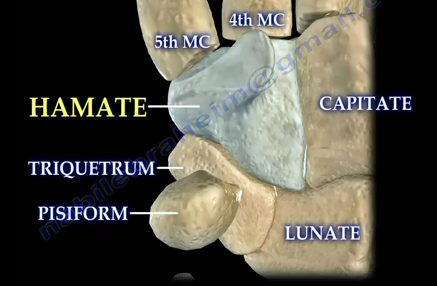The head of the team is responsible for maintaining team morale and leadership. The head of the team is supposed to act as the “glue” that holds the rest of the team together.

It is important to acknowledge the work that is done by members of your team in order to boost morale. When leadership focuses on building team morale, it creates a positive environment within the office, department or university. It is important to mention the employee by name and show them appreciation for a job well done!
Often the employee does not feel appreciated in their work when they do not receive appreciation from their leaders. Appreciation has the greatest impact on team morale.
Recognition and Appreciation
Allow the employee to feel valued for their continued hard work. Give them praise and publish recognition. Giving recognition to the employee is a positive way to inspire them to use the full extent of their talents and “go the extra mile”. Morale will increase, as well as productivity.
Communication should always occur between the leaders and the employees! Be hands on! Correspondence should not occur simply through email or other non-personal methods. It is important to maintain face to face communication.
Allow the employees the opportunity to lead and receive credit for their accomplishments. As a leader, be there to help and coach others to take responsibility and think for themselves. During times of crisis, lead from the front! During times of comfort, lead from behind!
Engaged Team
An engaged team will be better equipped to achieve the mission and objective of their work. They will believe in what needs to be accomplished with passion and enthusiasm.








